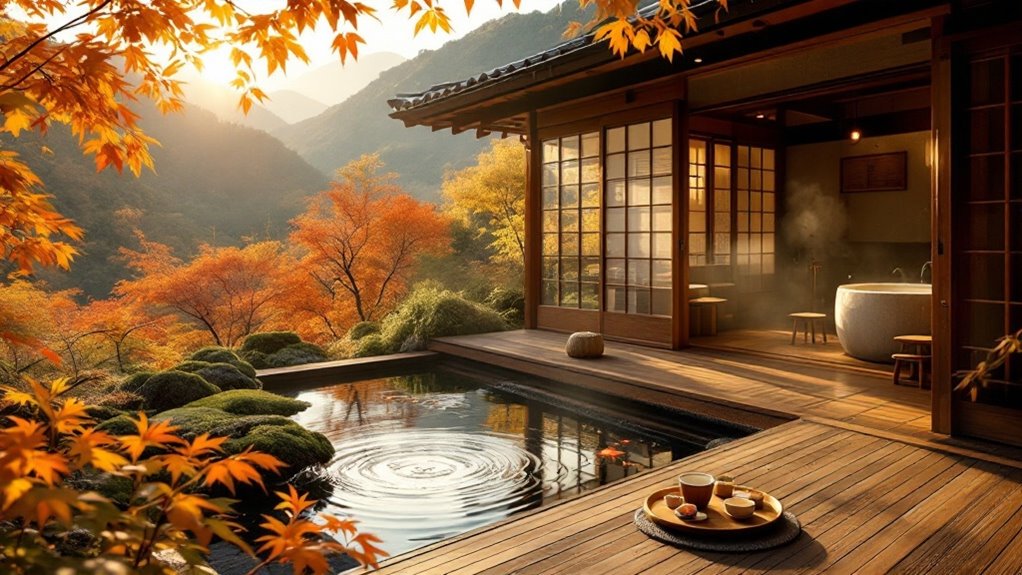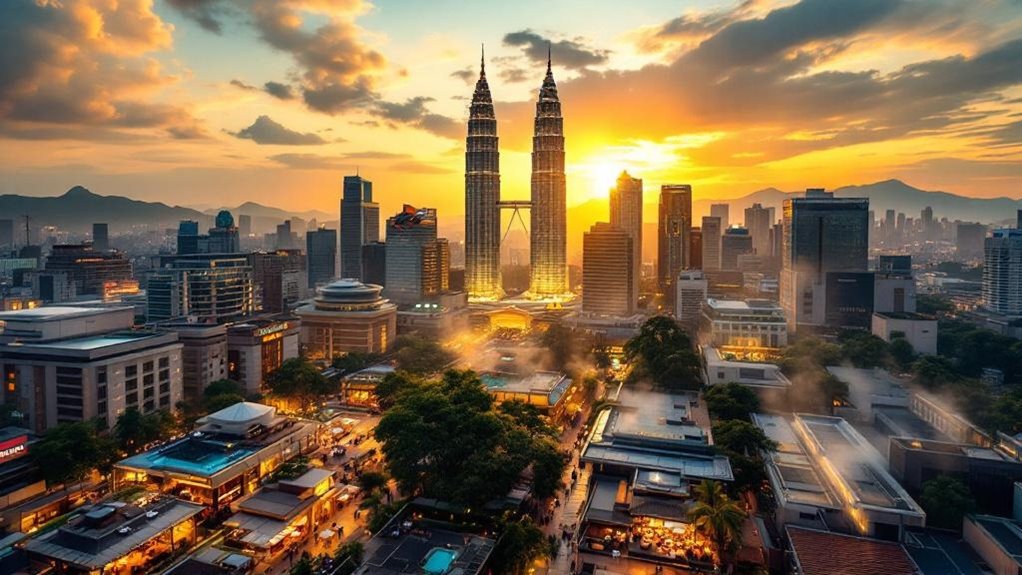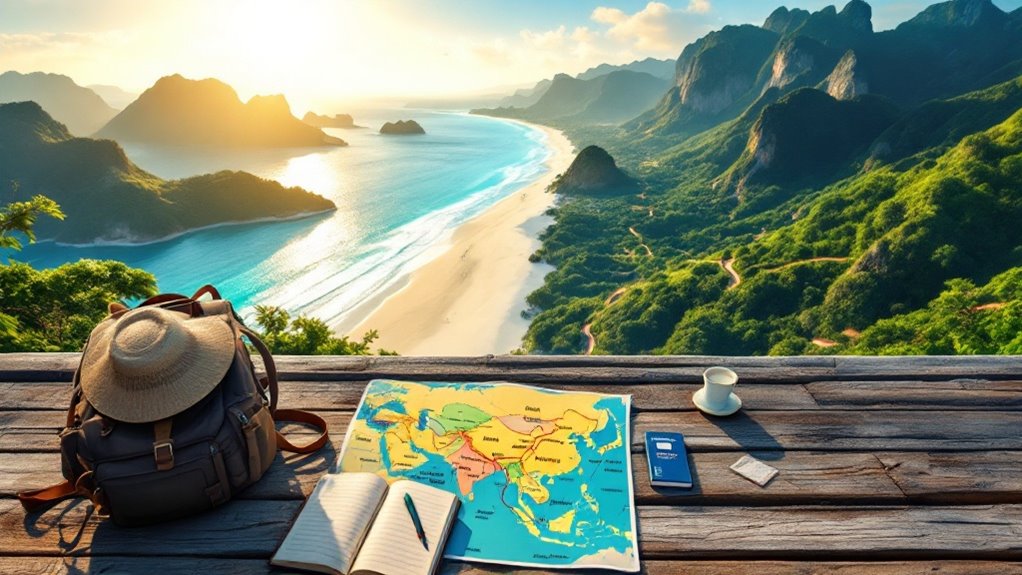A noticeable shift among Asian travelers reveals a preference for slow, immersive journeys over traditional, fast-paced tourism. Destinations such as Japan, South Korea, and Indonesia are seeing longer average stays, forecasted to reach nearly five days in Japan by 2030, as visitors pursue deeper cultural engagement and meaningful exploration. This trend not only benefits local economies but also supports sustainable tourism practices, with luxury accommodations adapting to meet these new expectations. The following insights further explore this evolving travel landscape.
How are travel patterns evolving among Asian tourists in the wake of global change? Recent data indicate a significant shift away from traditional, fast-paced tourism toward slower, more immersive travel experiences.
In the Asia-Pacific (APAC) region, inbound tourism is projected to exceed 2019 levels by 2025, with countries such as Japan, South Korea, and Indonesia playing leading roles. This growth is supported by expanded air connectivity and the introduction of more luxury accommodations, making the region increasingly accessible and attractive to both domestic and international travelers. The tourism industry in APAC is forecast to reach 305 billion USD by 2025, highlighting the region’s economic significance and its dynamic market expansion.
APAC tourism is set to surpass pre-pandemic levels by 2025, led by improved air links and luxury stays in Japan, South Korea, and Indonesia.
One notable trend is the rise of slow tourism, which emphasizes deeper engagement with local cultures and extended stays. For example, in Japan, average visitor stays are expected to reach 4.83 days by 2030, reflecting a preference for meaningful exploration over rapid sightseeing. This approach not only enhances cultural understanding but also supports sustainable tourism, as longer stays often lead to reduced environmental impact and greater economic benefits for local communities. Many travelers are participating in work exchange programs that allow them to experience authentic cultural immersion while receiving free accommodation.
Conversely, some destinations like South Korea and Singapore are experiencing shorter average stays, possibly due to evolving travel motivations and a move away from traditional “fast travel” itineraries.
Chinese travelers, a significant demographic in the region, are increasingly favoring short- and medium-haul destinations within APAC, driven by economic uncertainty and geopolitical considerations. This group is also booking trips more spontaneously, with 76% making reservations less than a month in advance.
Social connectivity has become central, with travelers prioritizing shared experiences and real-world interactions, often influenced by nostalgia and a desire to reconnect with others.
The recovery of outbound Chinese travel is expected to reach pre-pandemic levels by 2026, further accelerating these trends. Meanwhile, luxury experiences in Asia are evolving, blending innovative amenities with authentic cultural offerings.
As Asia regains its status as a premier global travel destination, the combination of increased accessibility, rich cultural offerings, and emerging travel preferences suggests that slow, soulful journeys are becoming a defining feature of the Asian tourism landscape.









